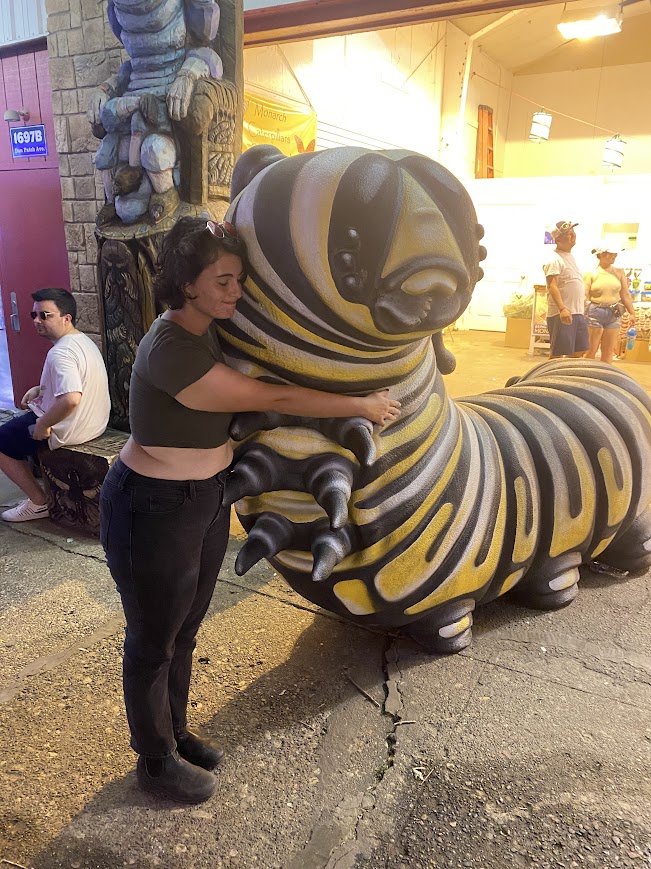
Vo Dominguez
Echinacea Project 2023
Biology Major with a focus in Ecology and Evolution, Carleton College, 2025
Pronouns: They/Them
Research Interests
Evolutionary ecology, prairie restoration with a focus on fauna community interactions to restored prairies, bees, anteaters, a number of other things.
Statement
I just had a great time working with the Echinacea project (or should I say Andropogon project) for a three week long externship with Carleton college.
My classmate, Rebecca Lerdau, and I were brought on to work with Jared Beck on the RemAg project, looking at big bluestem’s (Andropogon gerardii) response to fire.
We wrote a new protocol for assessing seed sets (the number of pollinated seeds divided by the number of viable fruits produced by an individual plant) for big bluestem. Previously, the only methods for assessing seedset in big bluestem involved dissecting individual seed cases. This method is extremely time consuming, and Echi-nation sustains too many seeds and not enough time or spare under-graduates for it to be a viable protocol for the scope of the RemAg project. Because of a lack of lab protocols for assessing big bluestem seed sets, this project has been sitting on hold in Jared’s office for a while, and we were really excited to help get it moving.
We found a strong relationship between the mass of subsamples of grass florets and the number of awns, a structure found only on perfect, viable Andropogon florets which allowed us to use mass to calculate awn count and awn count as a proxy for fruit count.
We also developed protocols for classifying florets and pollinated (containing a seed) or unpollinated (not containing a seed) from X-ray images. Using the number of pollinated seeds counted from the X-ray to calculate seed count and the awn count approximated by mass for the fruit count, we are able to efficiently classify big bluestem seed sets.
We used our methods to analyze some samples from a pilot RemAg study. Despite some issues with the study design, we were able to prove the feasibility of using our lab protocols to analyze RemAg data.
It’s been a great three weeks working with the Echinacea Project. I have greatly enjoyed making awn-some puns with my collaborators, meeting people at the botanic garden, inhaling Andropogon smut fungus, and proving to my family that I am a real biologist who knows how to use an x-ray machine. Thank you to Stuart, Jared, Wyatt, and Abby for making this experience possible.
And so long, Echi-nation, until we meet again.


Leave a Reply